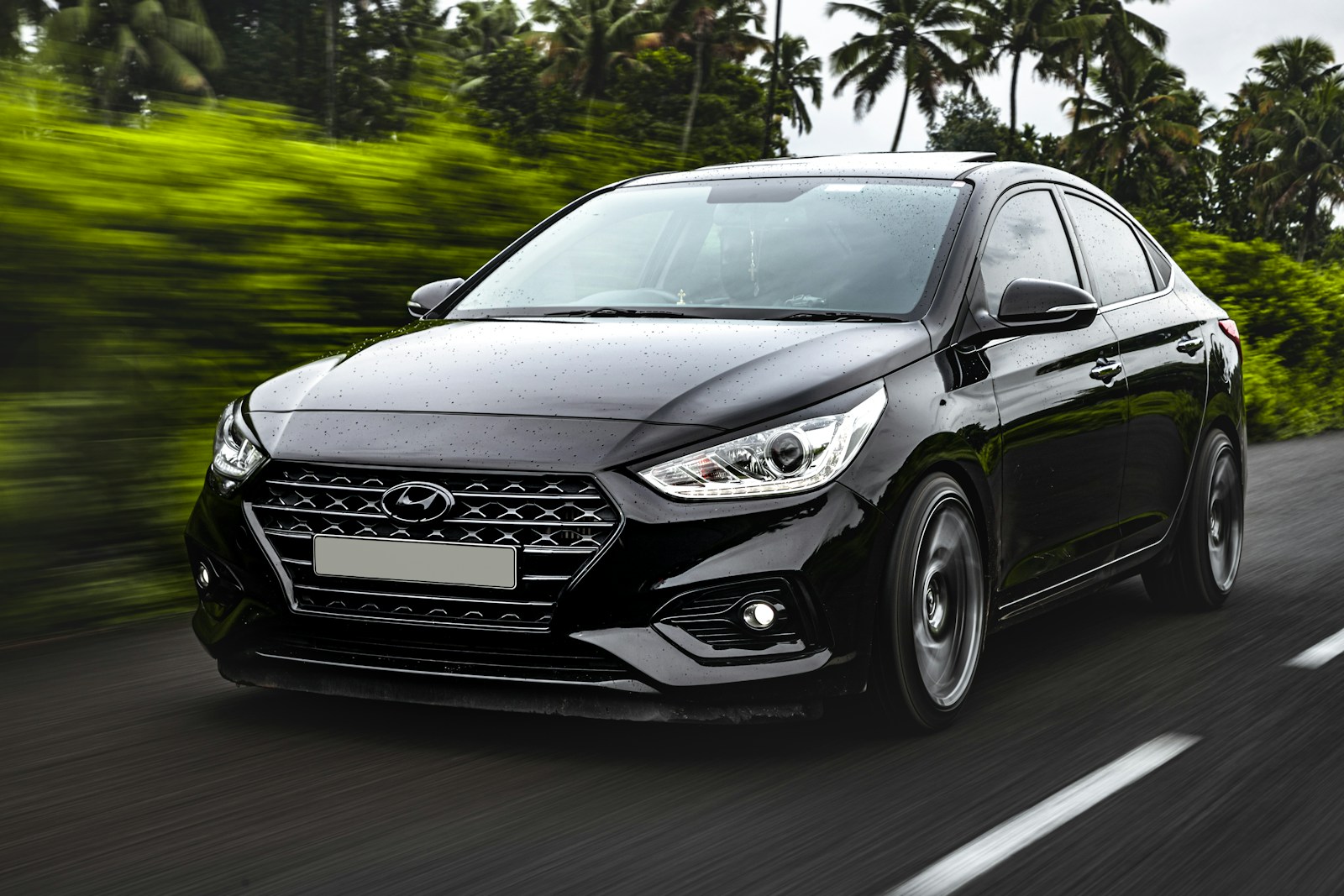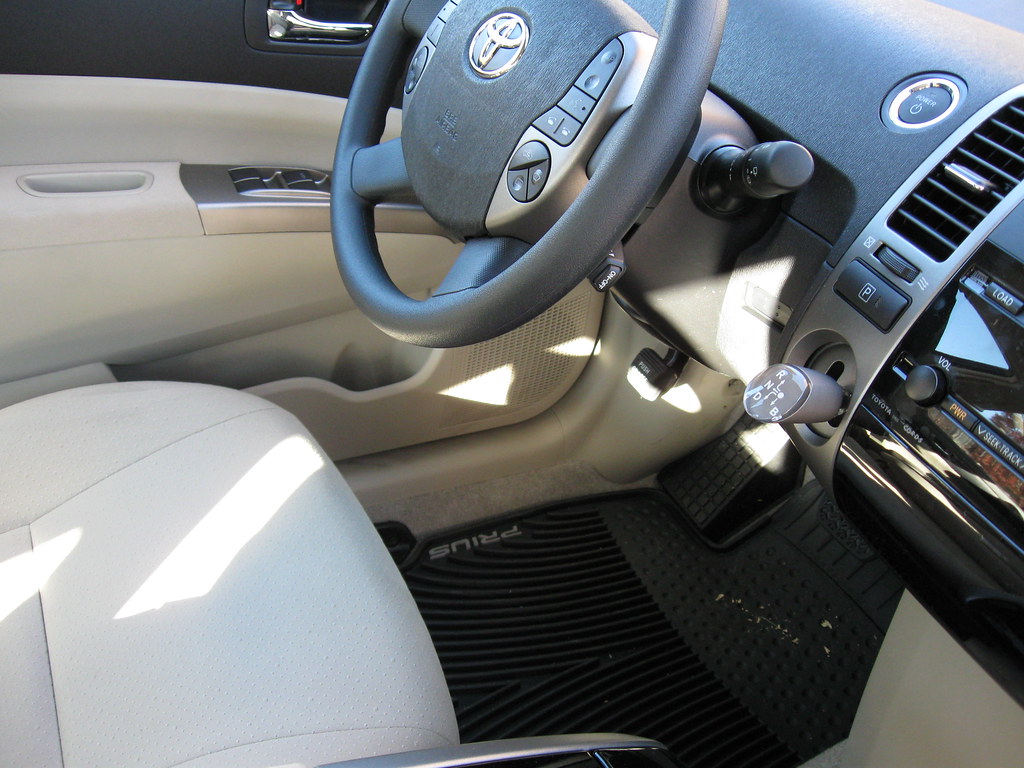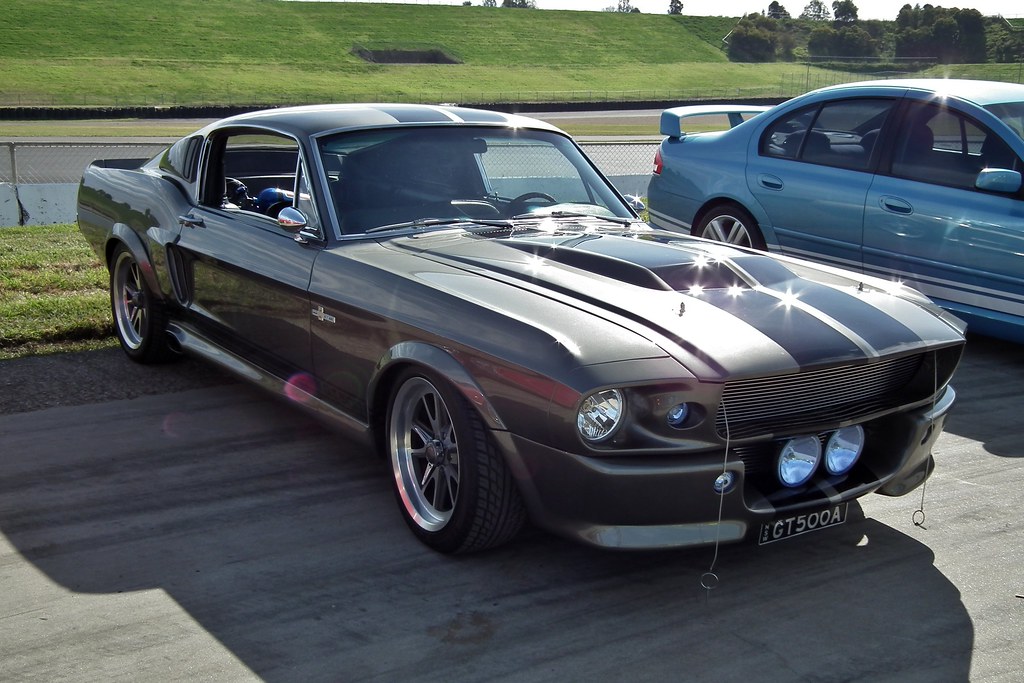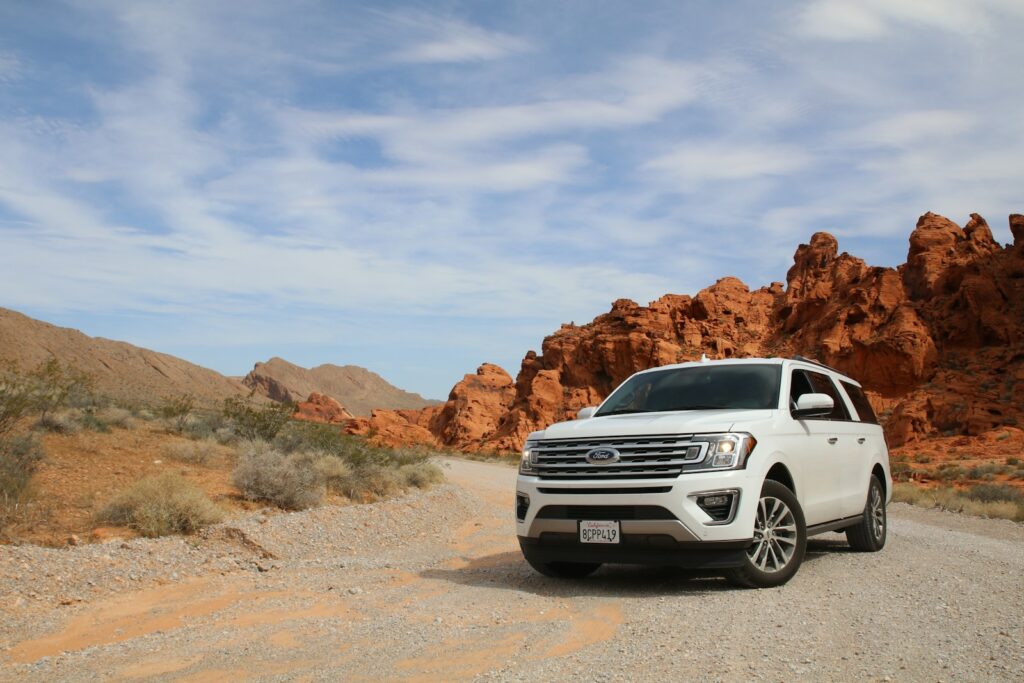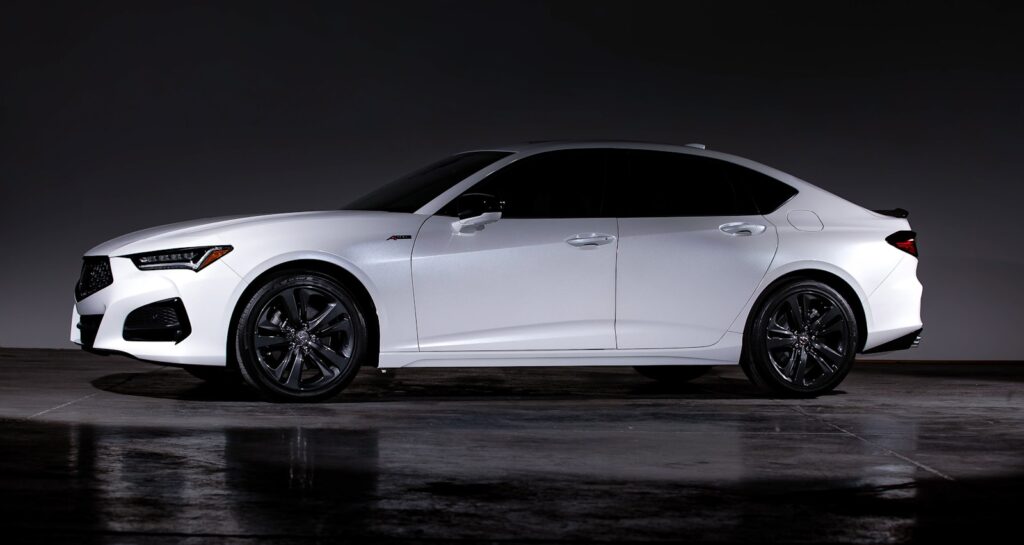
When you’re eyeing that shiny new (or new-to-you) sedan, the sticker price is often the first, and sometimes only, number that truly captures your attention. It’s easy to get swept up in the excitement of a new purchase, focusing on features, styling, and immediate affordability. However, smart car buyers know that the true cost of ownership extends far beyond that initial price tag, delving deep into the often-hidden realm of maintenance and unexpected repairs. Ignore these long-term expenses at your peril, because what seems like a great deal today can quickly turn into a financial burden tomorrow.
Thinking about car maintenance budgeting is a bit like preparing for those surprise pizza nights; you know they’re going to happen, but you’re never quite sure when. The same goes for car repairs. Planning ahead isn’t just a good idea; it’s an absolute necessity to save you from scrambling when that check engine light inevitably pops on, usually at the worst possible moment. A good rule of thumb is to stash away $50–$100 per month for maintenance, though the exact amount will depend heavily on your car’s age, style, and your personal driving habits. Older cars naturally demand more attention and cash, fancy cars come with fancy repair bills, and if you have long commutes or rough driving conditions, you should definitely plan for more frequent upkeep. This dedicated fund keeps you stress-free and prevents you from having to dip into your savings or emergency funds when unforeseen issues arise.
In this comprehensive guide, we’re diving deep into the world of sedan ownership, dissecting which vehicles are built to last without draining your wallet, and which ones are known money pits. Our goal is to empower you with factual, actionable information, helping you make an informed purchase decision on your next vehicle. We’ve combed through detailed insights, repair costs, and reliability data to identify the sedans that offer the best long-term value in terms of maintenance, alongside those that might seem appealing upfront but quickly become costly headaches. By understanding these long-term cost implications, you can align your vehicle choice with your personal budget and priorities, ensuring a smoother, more sustainable ownership experience.
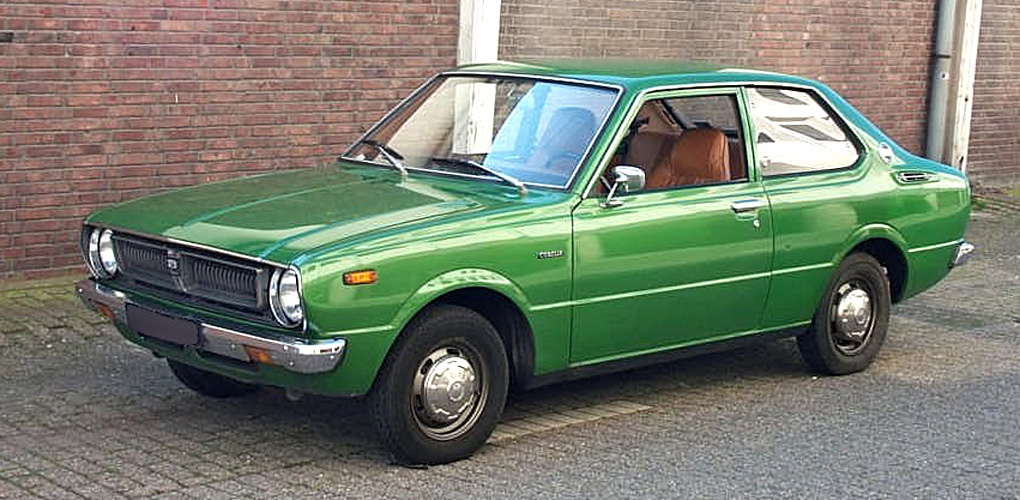
1. **Toyota Corolla**The Toyota Corolla has long been synonymous with affordable and utterly worry-free car ownership, a reputation it has meticulously built across multiple generations. This compact sedan is the poster child for mechanical reliability, ease of maintenance, and exceptional longevity, consistently proving that you don’t need to break the bank for dependable transportation. One of the primary reasons behind the Corolla’s remarkably low five-year maintenance costs is Toyota’s commitment to conservative engineering.
Toyota intentionally sidesteps unnecessary complexity in the Corolla’s design, opting instead for proven, robust solutions. Most powertrains found in recent models feature naturally aspirated engines with straightforward internal architecture, which means fewer components that can fail. You won’t find turbochargers, intricate valve timing mechanisms, or overly complex electronics that often lead to costly breakdowns and repairs in other vehicles. This simplicity translates directly into less frequent need for repairs and, when they are necessary, more manageable service bills.
Toyota’s immense global production scale is another crucial factor contributing to the Corolla’s low upkeep expenses. The Corolla is manufactured in numerous countries and sold in millions of units worldwide, which fosters a highly competitive aftermarket for spare parts and accessories. The sheer abundance of these replacement parts ensures that prices remain low and availability is widespread, making repairs more accessible and affordable for owners. Furthermore, mechanics—both at official dealerships and independent shops—are incredibly familiar with the Corolla’s systems, which significantly reduces diagnostic time and labor charges during routine servicing. Even newer systems, such as the continuously variable transmission (CVT) prevalent in many current models, have demonstrated impressive durability and are relatively easy to maintain with proper fluid servicing.
The scheduled maintenance plan for the Corolla is refreshingly straightforward and predictable. Routine tasks like oil changes, brake pad replacements, tire rotations, and air filter swaps are infrequent and generally inexpensive. Toyota’s owner’s manuals clearly outline these maintenance milestones, most of which involve basic services that can be completed quickly and affordably. Owners consistently report spending only a few hundred dollars per year on average, assuming normal driving habits. Crucially, the Corolla also largely avoids surprise repairs; consumer feedback and mechanic surveys consistently show a remarkably low incidence of unplanned mechanical failures within the crucial first 5–7 years of ownership, offering unparalleled peace of mind.
Beyond just repairs, the Corolla’s emphasis on efficiency also plays a role in keeping long-term costs down. It excels not only in fuel economy but is also designed to minimize stress on its components. The engines are tuned for smooth, gradual performance rather than aggressive output, which translates into less wear and tear over time. Even components like tires and suspension systems tend to last longer than average because the Corolla is engineered for a comfortable, composed ride rather than harsh, performance-focused dynamics. This thoughtful design means less frequent component replacement and fewer overall repairs. Toyota’s legendary reliability reputation ensures that even used Corollas retain strong resale value and rarely devolve into money pits. Many owners proudly report driving their Corollas well past 150,000 miles with little more than basic maintenance, underscoring its status as one of the most financially sound choices in the entire automotive market.
Car Model Information: 2023 Toyota Corolla LE
Name: Toyota Corolla
Caption: Twelfth generation model (2020, hatchback)
Manufacturer: Toyota
Aka: unbulleted list
Production: November 1966 – present
Class: unbulleted list
Predecessor: Toyota Publica
Categories: 1970s cars, 1980s cars, 1990s cars, 2000s cars, 2010s cars
Summary: The Toyota Corolla (Japanese: トヨタ・カローラ, Hepburn: Toyota Karōra) is a series of compact cars (formerly subcompact) manufactured and marketed globally by the Japanese automaker Toyota Motor Corporation. Introduced in 1966, the Corolla has been the world’s best-selling automobile of all time since 1997, when it surpassed the Volkswagen Beetle. Toyota reached the milestone of 50 million Corollas sold over twelve generations in 2021.
The name Corolla is part of Toyota’s naming tradition of using names derived from the Toyota Crown for sedans, with “corolla” Latin for “small crown”. The Corolla has always been exclusive in Japan to Toyota Corolla Store locations, and manufactured in Japan with a twin, called the Toyota Sprinter until 2000. From 2006 to 2018 in Japan and much of the world, and from 2018 to 2020 in Taiwan, the hatchback companion had been called the Toyota Auris.
Early models were mostly rear-wheel drive, while later models have been front-wheel drive. Four-wheel drive versions have also been produced, and it has undergone several major redesigns. The Corolla’s traditional competitors have been the Nissan Sunny, introduced the same year as the Corolla in Japan and the later Nissan Sentra, Subaru Leone, Honda Civic and Mitsubishi Lancer. The Corolla’s chassis designation code is “E”, as described in Toyota’s chassis and engine codes.
Get more information about: Toyota Corolla
Buying a high-performing used car >>>
Brand: Toyota Model: Corolla
Price: $21,090 Mileage: 53,389 mi.
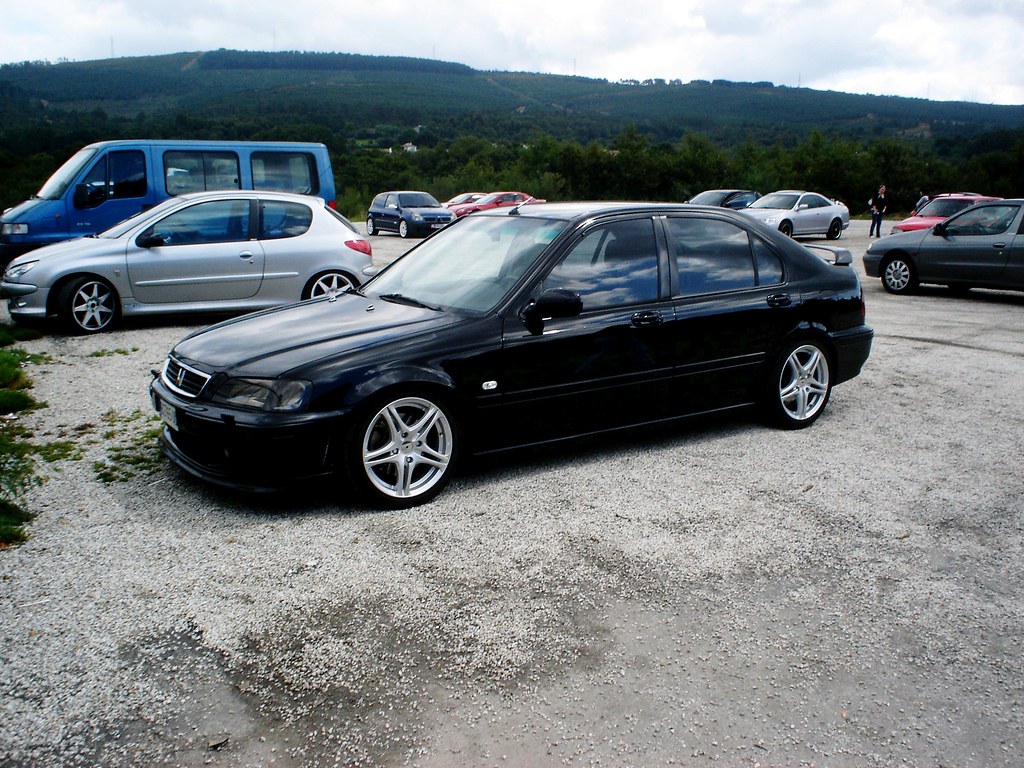
2. **Honda Civic**Much like its rival, the Toyota Corolla, the Honda Civic has firmly cemented its position at the top of the list for low long-term maintenance costs. For decades, the Civic has been a steadfast favorite among commuters, students, and families, cherished for its unwavering reliability, impressive affordability, and strong resale value. This enduring popularity is no accident; it’s the result of Honda’s meticulous engineering philosophy that expertly blends mechanical simplicity with modern efficiency, creating a vehicle that consistently delivers on its promise of dependable and cost-effective ownership.
Honda’s powertrains, particularly the 2.0L naturally aspirated and 1.5L turbocharged engines, are meticulously designed for minimal maintenance and maximum durability. While turbo engines generally demand a bit more attention, Honda’s version has proven remarkably robust when properly maintained, defying the stereotype of high-cost turbo upkeep. This thoughtful design contributes significantly to the Civic’s reputation as a vehicle that can reliably go the distance without constantly needing expensive interventions.
Maintenance on a Civic is, by and large, an uncomplicated affair. The engine bay is logically laid out, making basic tasks such as oil changes, spark plug replacements, and filter swaps both quick and cost-effective. Furthermore, the Civic’s lightweight build and balanced braking system contribute to brake pads and rotors lasting longer than average, saving owners money on frequent replacements. Honda is also known for offering some of the lowest labor rates at its service centers, and independent mechanics, who are well-versed in Civic mechanics, often work on them for even less. This widespread expertise, combined with a broad availability of both OEM and aftermarket parts, provides owners with flexible and cost-effective options whenever components need repair or replacement.
One of the Civic’s quiet strengths lies in its surprising resistance to electronic or sensor-related issues, which can be a significant hidden cost in many contemporary vehicles. While many modern cars are prone to costly problems with radar systems, complex infotainment modules, or finicky emission sensors, Honda has managed to strike an impressive balance. They integrate advanced technology without sacrificing durability, ensuring that these systems are built to withstand the rigors of daily use. As a direct result, owners rarely encounter annoying or expensive electrical system problems within the critical first five years of ownership. Should software updates or recalls become necessary, Honda has a strong and reliable track record of handling them efficiently and at no additional cost to the owner, further enhancing the Civic’s value proposition.
Another distinctive aspect that contributes to the Civic’s reduced long-term maintenance costs is the vibrant and supportive community built around the vehicle. There is an immense online presence of Civic owners who enthusiastically share DIY guides, detailed maintenance schedules, and practical troubleshooting tips. This culture of transparency and mutual support empowers many Civic drivers to perform minor maintenance tasks themselves, thereby further reducing their expenses. Whether you’re an experienced DIYer looking to save money or someone simply hoping to gain a better understanding of your car, the Civic offers a remarkably manageable and user-friendly platform for self-service, making it an excellent choice for those who appreciate hands-on involvement with their vehicle.
Perhaps the most compelling testament to the Civic’s low cost of maintenance is the consistent reliability it has demonstrated across generations. From the models of the 1990s right through to the present day, each iteration of the Civic has consistently reinforced Honda’s sterling reputation for quality manufacturing. This isn’t just about luck; it’s a direct reflection of Honda’s unwavering commitment to high manufacturing standards and rigorous quality control at every stage of production. If your priority is a reliable daily driver that demands minimal headaches and expenses, the Honda Civic remains an exceptionally difficult car to beat, offering enduring value year after year.
Car Model Information: 2016 Honda Civic EX-L
Caption: 2024 Honda Civic liftback
Manufacturer: Honda
Aka: ubl
Production: 1972–present
Class: Subcompact car
BodyStyle: fastback,Sedan (automobile)
Layout: Front-engine, front-wheel-drive layout,Front-engine, four-wheel-drive layout
Predecessor: Honda N600,Honda Z600
Categories: 1980s cars, 1990s cars, 2000s cars, 2010s cars, 2020s cars
Summary: The Honda Civic (Japanese: ホンダ・シビック, Hepburn: Honda Shibikku) is a series of automobiles manufactured by Honda since 1972. As of 2023, the Civic is positioned between the Honda Fit/City and Honda Accord in Honda’s global passenger car line-up. It is one of the best-selling automobiles in history, with over 27 million units sold through 2021.
The first-generation Civic was introduced in July 1972 as a two-door fastback sedan, followed by a three-door hatchback that September. With a 1,169 cc transverse engine and front-wheel drive, the car provided good interior space despite its small overall dimensions. Initially gaining a reputation for being fuel-efficient, reliable and environmentally friendly, later iterations have become known for performance and sportiness, especially the Civic Si, SiR, and Type R versions. It is currently in its eleventh generation, which has been produced since 2021.
The Civic has often been rebadged for international markets, and it served as the basis for the Honda CR-X, the Honda CR-X del Sol, the Concerto, the first generation Prelude, the Civic Shuttle (which later became the Orthia) and the CR-V (which in turn was used as the basis for the Honda FR-V).
Get more information about: Honda Civic
Buying a high-performing used car >>>
Brand: Honda Model: Civic
Price: $14,685 Mileage: 148,116 mi.
3. **Toyota Prius**The Toyota Prius often gets a skeptical glance when low maintenance costs are discussed, primarily due to its sophisticated hybrid system. However, this perception is quickly dispelled by its consistent performance, surprising owners and automotive experts alike with its remarkable long-term reliability and refreshingly modest servicing needs. Toyota has invested over two decades in meticulously refining its hybrid technology, and the Prius is a direct beneficiary of that profound legacy. The Hybrid Synergy Drive system is widely recognized as one of the most proven and resilient hybrid powertrains available, with countless owners reporting seamless operation for 150,000 to 200,000 miles and beyond, often requiring little more than routine maintenance.
A significant factor in the Prius’s low maintenance cost profile is its innovative regenerative braking system. Unlike traditional braking systems that rely solely on friction, which leads to pads and rotors wearing out over time and necessitating frequent, costly replacements, the Prius cleverly utilizes its electric motor to assist in deceleration. This ingenious design dramatically extends the life of the braking components, translating into substantial savings—potentially hundreds of dollars—over a five-year period, especially for drivers who spend a lot of time in stop-and-go city traffic where braking is frequent. Moreover, the hybrid system ingeniously reduces the overall strain on the gasoline engine, allowing it to operate at lower RPMs and experience significantly less wear, further contributing to its longevity and reducing the need for expensive engine repairs.
Despite lingering myths, the Prius’s hybrid battery is far from being a looming financial threat, particularly within the first five years of ownership. These batteries are meticulously engineered to last well beyond 100,000 miles, and in many regions, they are backed by generous extended warranties that typically range from 8 to 10 years, depending on specific state regulations. Toyota’s battery management systems are incredibly sophisticated, constantly working to ensure consistent performance and minimize degradation over time. For the vast majority of owners, the hybrid battery remains trouble-free and cost-free during the initial years of ownership, allowing them to benefit from the car’s other reliable components without concern for this critical part of the hybrid system.
Routine maintenance for the Prius is also surprisingly straightforward and budget-friendly. Oil changes are less frequent compared to conventional gasoline cars due to the engine’s optimized, intermittent use. Furthermore, because the Prius utilizes a continuously variable transmission (CVT), it inherently has fewer moving parts than a traditional automatic gearbox, which simplifies its maintenance requirements. Basic consumables like air filters, coolant, and spark plugs are generally easy to access and reasonably priced, making standard services highly manageable. Toyota dealerships frequently offer hybrid-specific service packages, making it even more convenient and cost-effective for owners to adhere to their maintenance schedules. These factors collectively help demystify the hybrid ownership experience, demonstrating conclusively that it doesn’t have to be prohibitively expensive or overly complicated.
Adding to its appeal, Prius drivers also benefit immensely from a passionate and rapidly growing community of owners who actively share invaluable tips, practical tricks, and effective troubleshooting solutions online. The car’s strong green credentials and its undeniable cost savings foster a deep emotional connection with its user base, which provides an additional layer of support and camaraderie for new owners. With its intelligent blend of sophisticated engineering, unwavering reliability, and tangible real-world savings, the Toyota Prius stands as a powerful testament that eco-friendly cars can indeed be a remarkably financially sensible choice, offering both environmental responsibility and economic prudence.
Car Model Information: 2018 Toyota Prius Four
Name: Toyota Prius
Caption: Fifth generation Prius (XW60)
Manufacturer: Toyota
Production: December 1997 – present
ModelYears: 2001–present (US)
Class: ubl
BodyStyle: unbulleted list
Layout: unbulleted list
Sp: uk
Categories: 2000s cars, 2010s cars, 2020s cars, All-wheel-drive vehicles, All Wikipedia articles in need of updating
Summary: The Toyota Prius ( PREE-əss) (Japanese: トヨタ・プリウス, Hepburn: Toyota Puriusu) is a car produced by Toyota since 1997 over five generations. The Prius has a hybrid drivetrain, which combines an internal combustion engine and an electric motor. Initially offered as a subcompact four-door saloon, it has been produced only as a compact five-door liftback since 2003.
The Prius was developed by Toyota to be the “car for the 21st century”; it was the first mass-produced hybrid vehicle, first going on sale in Japan in 1997 at all four Toyota Japan dealership chains, and subsequently introduced worldwide in 2000.
In 2011, Toyota expanded the Prius family to include the Prius v, an MPV, and the Prius c, a subcompact hatchback. The production version of the Prius plug-in hybrid was released in 2012. The second generation of the plug-in variant, the Prius Prime, was released in the U.S. in November 2016. The Prius family totaled global cumulative sales of 6.1 million units in January 2017, representing 61% of the 10 million hybrids sold worldwide by Toyota since 1997. Toyota sells the Prius in over 90 markets, with Japan and the United States being its largest markets.
Get more information about: Toyota Prius
Buying a high-performing used car >>>
Brand: Toyota Model: Prius
Price: $18,999 Mileage: 84,118 mi.
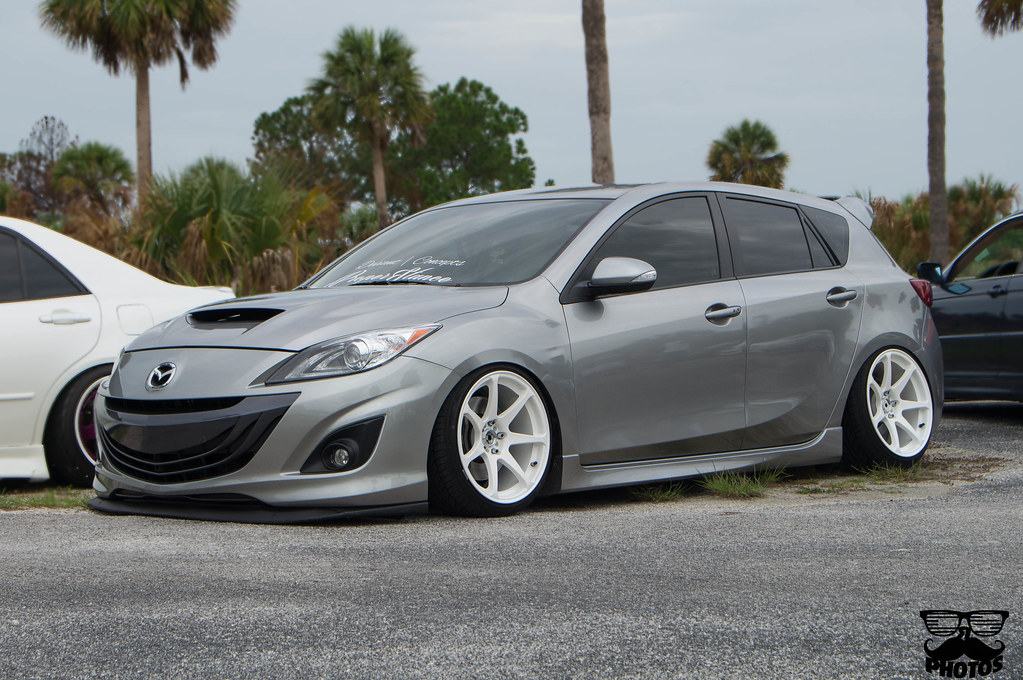
4. **Mazda3**The Mazda3 is a shining example of a vehicle that seamlessly marries driving enjoyment with exceptionally cost-effective ownership. While the Mazda brand is frequently lauded for its distinctive handling dynamics and elegant design aesthetic, the Mazda3, in particular, also consistently ranks among the most affordable compact cars to maintain over a five-year period. This dual appeal makes it a standout choice for those who crave an engaging driving experience without the financial burden often associated with performance-oriented vehicles.
What truly sets the Mazda3 apart from many of its competitors in the compact segment is its reliance on simple yet highly efficient naturally aspirated engines, paired with conventional automatic or manual transmissions. In an era where many rivals are adopting complex turbocharging or intricate dual-clutch transmissions—which, while offering performance boosts, often come with higher maintenance costs and potential reliability concerns—Mazda’s approach prioritizes proven durability and straightforward serviceability. This commitment to ‘Skyactiv’ technology means that the engines and transmissions are not only efficient but also inherently easier and cheaper to maintain throughout the vehicle’s lifespan.
Mazda has meticulously cultivated a reputation for building vehicles that require fewer unplanned repairs, a critical factor for long-term ownership costs. Consumer reliability surveys consistently position Mazda near the top of industry rankings, and the Mazda3 directly benefits from this pervasive culture of quality and reliability. In terms of routine maintenance, the car primarily requires standard services such such as oil changes, tire rotations, and brake pad replacements. Crucially, owners rarely report needing anything more substantial during the first five years of ownership, indicating a robust and dependable build.
The durability of Mazda’s Skyactiv engines is a particular strong point that warrants emphasis. These engines have garnered significant praise for their highly efficient combustion process and their minimal susceptibility to carbon buildup, which together keep performance optimal and long-term maintenance needs remarkably low. This engineering excellence ensures that the core of the vehicle remains robust and efficient, significantly reducing the likelihood of unexpected, expensive engine-related issues down the road. It’s a testament to Mazda’s philosophy of building cars that are both thrilling to drive and dependable to own.
Parts availability further enhances the Mazda3’s appeal in terms of maintenance costs. Even though Mazda operates on a smaller scale compared to automotive giants like Toyota or Honda, its parts network is exceptionally well-established and efficient. This robust supply chain ensures that both OEM and aftermarket suppliers produce affordable replacements for common components such as filters, suspension parts, and other consumables. The widespread availability and competitive pricing of these parts contribute directly to the Mazda3’s overall low cost of ownership, making repairs and routine servicing more economical. This combination of intelligent engineering, high reliability, and accessible parts makes the Mazda3 an exceptionally smart choice for discerning buyers who seek both dynamic driving and financial prudence.
When you’re looking for a vehicle, it’s easy to get captivated by sleek designs, impressive performance, or the prestige of a luxury badge. However, as we shift our focus from the ‘smart buys’ to the ‘money pits,’ it becomes clear that some sedans, despite their initial appeal, are notorious for becoming significant financial burdens over time. These vehicles, often due to intricate engineering, expensive parts, and known reliability issues, can quickly drain your savings account with unforeseen maintenance and repair costs. Understanding these pitfalls is crucial for any savvy buyer looking to avoid long-term financial headaches.
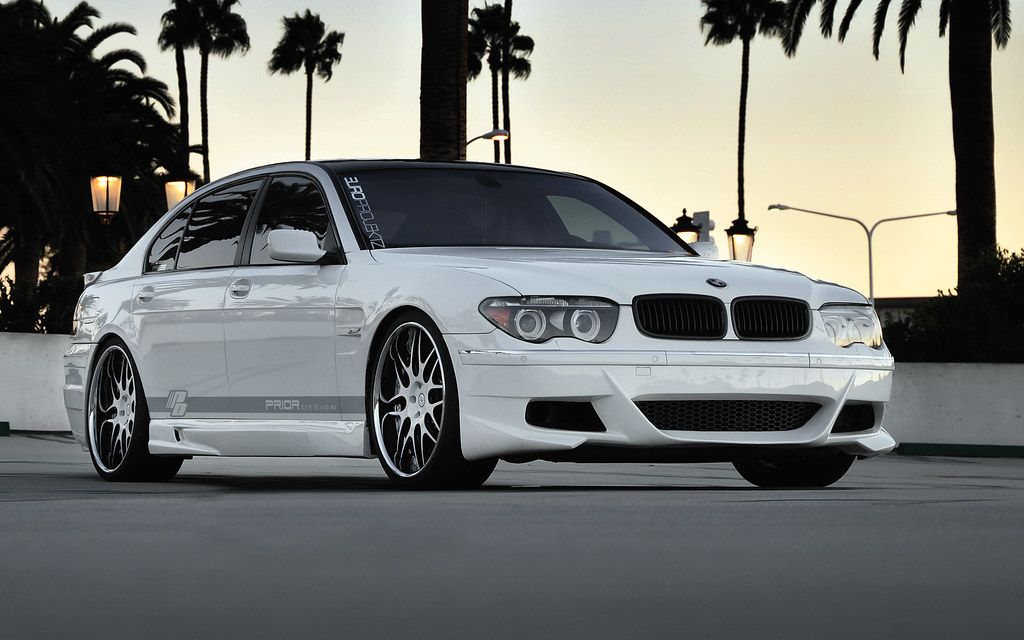
5. **BMW 5 Series**The allure of a BMW 5 Series is undeniable; it’s a vehicle that whispers luxury and performance with every curve. However, beneath that sophisticated exterior often lies a demanding financial commitment, transforming this elegant sedan into a notorious ‘money pit’ for many unsuspecting owners. While the initial driving experience might be exhilarating, the long-term reality of upkeep can quickly become a significant drain on your savings, far beyond what basic budgeting might anticipate.
Owners of the BMW 5 Series have frequently reported a range of costly issues, including gearbox malfunctions and cooling system problems, which can lead to complex and expensive repairs or even engine damage if not addressed promptly. Premature rotor wear has also been noted, requiring more frequent brake component replacements. As a luxury brand, BMW demands higher prices for its specialized parts, and the intricate engineering of German automobiles translates into elevated labor costs for diagnostics and repairs, often necessitating specialized tools and trained technicians.
The average maintenance cost for a BMW 5 Series over just five years can soar to over $4,400, a significant sum impacting overall affordability. Beyond direct maintenance, the total cost of owning a BMW 5 Series over five years, encompassing depreciation, insurance, loan interest, and fuel, averages a staggering $81,249. As Blake Shaw, an Automotive Expert at All About Wheels, notes, “Due to the high cost of parts and the intricate engineering of BMWs, maintenance and repair expenses can be enormous,” making even regular services considerably pricier than for non-luxury vehicles.
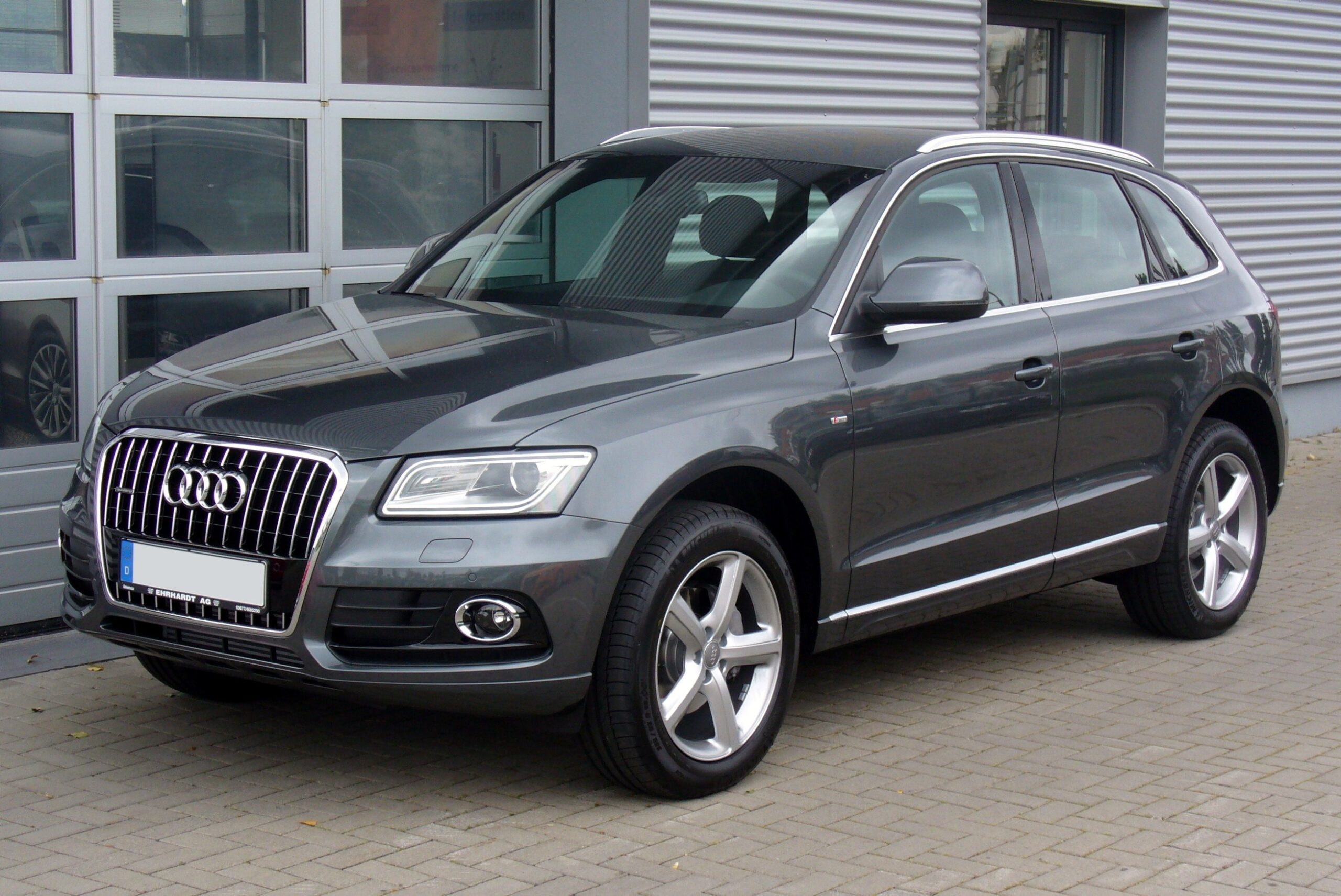
6. **Audi A6**The Audi A6 has carved out a niche as a popular mid-sized luxury sedan, appealing to drivers with its blend of sophisticated design and advanced technology. Yet, for many, this German-engineered marvel soon reveals a darker side in the form of consistently high maintenance and repair costs, solidifying its reputation as a significant money pit. The elegant façade belies a vehicle that can be surprisingly demanding on an owner’s wallet, turning what seems like a dream into a financial strain.
The Audi A6 has carved out a niche as a popular mid-sized luxury sedan, appealing to drivers with its blend of sophisticated design and advanced technology. Yet, for many, this German-engineered marvel soon reveals a darker side in the form of consistently high maintenance and repair costs, solidifying its reputation as a significant money pit. The elegant façade belies a vehicle that can be surprisingly demanding on an owner’s wallet, turning what seems like a dream into a financial strain.
Known issues with the Audi A6 include persistent faulty wiring, which can lead to a cascade of electrical problems, from blown fuses to malfunctioning control modules. These electronic gremlins are notoriously difficult and expensive to diagnose and fix. As an import, many specialized components need to be ordered directly from Germany, leading to longer repair times and higher shipping costs. Finding mechanics proficient in foreign luxury vehicles also adds to the expense, often funneling owners toward pricier dealership service centers.
Cruze, an automotive expert, points out that “Common problems (with an Audi A6) include shifting gears not working properly, oil leaking, and turbocharger issues.” He further elaborates that “The A6 and other Audis tend to have above-average repair costs and frequencies.” The average cost of repairs for an Audi A6 during its first five years of ownership sits at a substantial $3,074, with the total ownership cost reaching approximately $78,947. These figures are directly impacted by the necessity for premium parts and specialized service, making upkeep considerably pricier.

